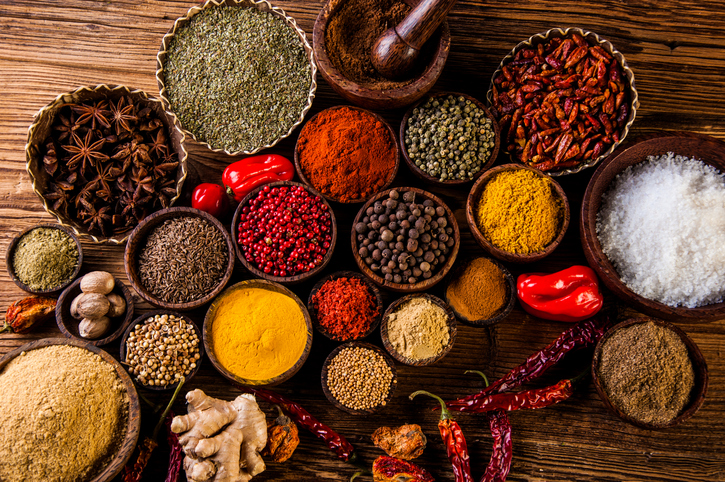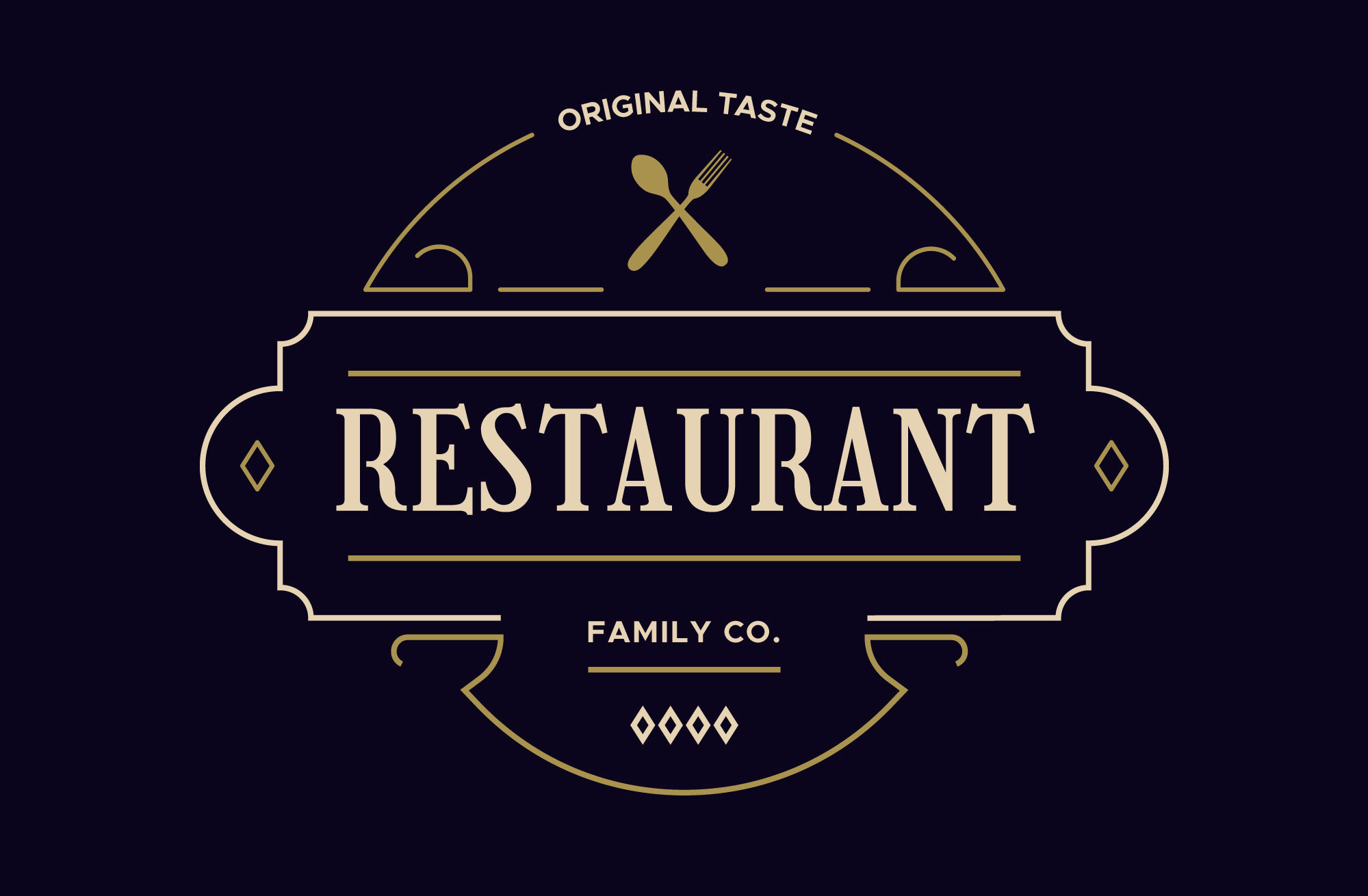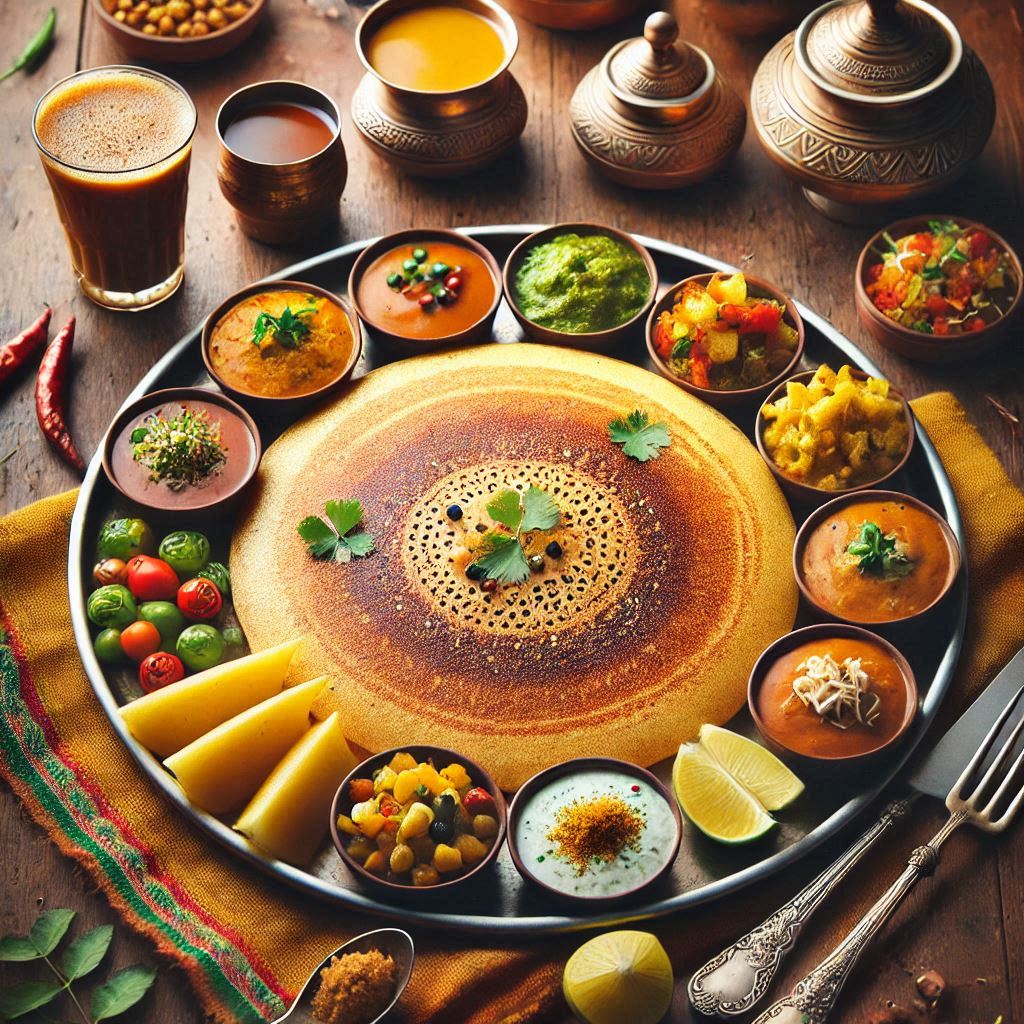
Fusion Flavors: What Happens When Two Cultures Share a Plate
Introduction: Where Worlds Collide (Deliciously)
Food has always been more than fuel—it’s a storyteller. And when cultures meet, especially in the kitchen, magic can happen. Fusion cuisine is what happens when chefs blend flavors, ingredients, and techniques from different culinary traditions to create something entirely new—and often unforgettable.
Whether it’s a Korean taco, sushi burrito, or butter chicken pizza, fusion food is as much about cultural dialogue as it is about taste. But what makes a fusion dish successful? And when does it go too far?
What Is Fusion Cuisine?
Fusion cuisine isn’t a modern invention—it’s been around for centuries. Think of how tomatoes (originally from the Americas) revolutionized Italian cooking, or how Indian spices transformed British palates during the colonial era.
In today’s context, fusion usually refers to intentionally combining different global cuisines to create something new. There are two main types:
- Traditional Fusion: Dishes that have evolved over time, like Peruvian Nikkei (Japanese-Peruvian cuisine).
- Contemporary Fusion: Trendy and sometimes experimental dishes—think Korean BBQ tacos or Thai spaghetti.
Famous Fusion Success Stories
Here are some global favorites that nailed the fusion game:
- Korean Tacos (Korea + Mexico): Popularized by LA’s Kogi truck, this combo pairs spicy bulgogi beef with soft corn tortillas and kimchi slaw.
- Sushi Burritos (Japan + USA): The portability of burritos with the flavors of sushi—big, bold, and wildly popular.
- Butter Chicken Pizza (India + Italy): A creamy, spicy Indian classic meets the universally loved pizza.
- Banh Mi Sandwich (Vietnam + France): French baguette, Vietnamese pickles, and herbs—a product of colonial culinary blending that became iconic.
Why Fusion Works (and Sometimes Doesn’t)
When it works:
- The ingredients complement each other instead of competing.
- There’s respect for both culinary traditions.
- The flavors tell a cohesive story—more than a gimmick, it feels authentic in its creativity.
When it doesn’t:
- The dish feels forced or trendy without substance.
- Ingredients clash rather than enhance.
- Cultural appropriation can become a concern when one culture’s cuisine is used without context or respect.
Tips for Trying Fusion at Home
Curious to experiment in your own kitchen? Start with:
- Common ground: Use ingredients that both cuisines share, like rice, noodles, or chili.
- One dominant cuisine: Let one culture guide the dish, then infuse elements from another.
- Keep it balanced: Sweet, spicy, salty, and umami should harmonize.
- Examples to try:
- Thai green curry pasta
- Kimchi grilled cheese
- Tandoori chicken tacos
Cultural Appreciation vs. Appropriation
It’s important to approach fusion cooking with respect, especially when drawing from cultures not your own. Learn about the origins, understand the traditional version, and give credit where it’s due. Fusion should feel like a celebration, not a shortcut.
Conclusion: The World on a Plate
Fusion cuisine reflects the way we live today—global, connected, and curious. When done with care, it can bridge cultures and create something uniquely delicious. So the next time you bite into a sushi taco or ramen burger, remember: you’re tasting a story that spans continents.

